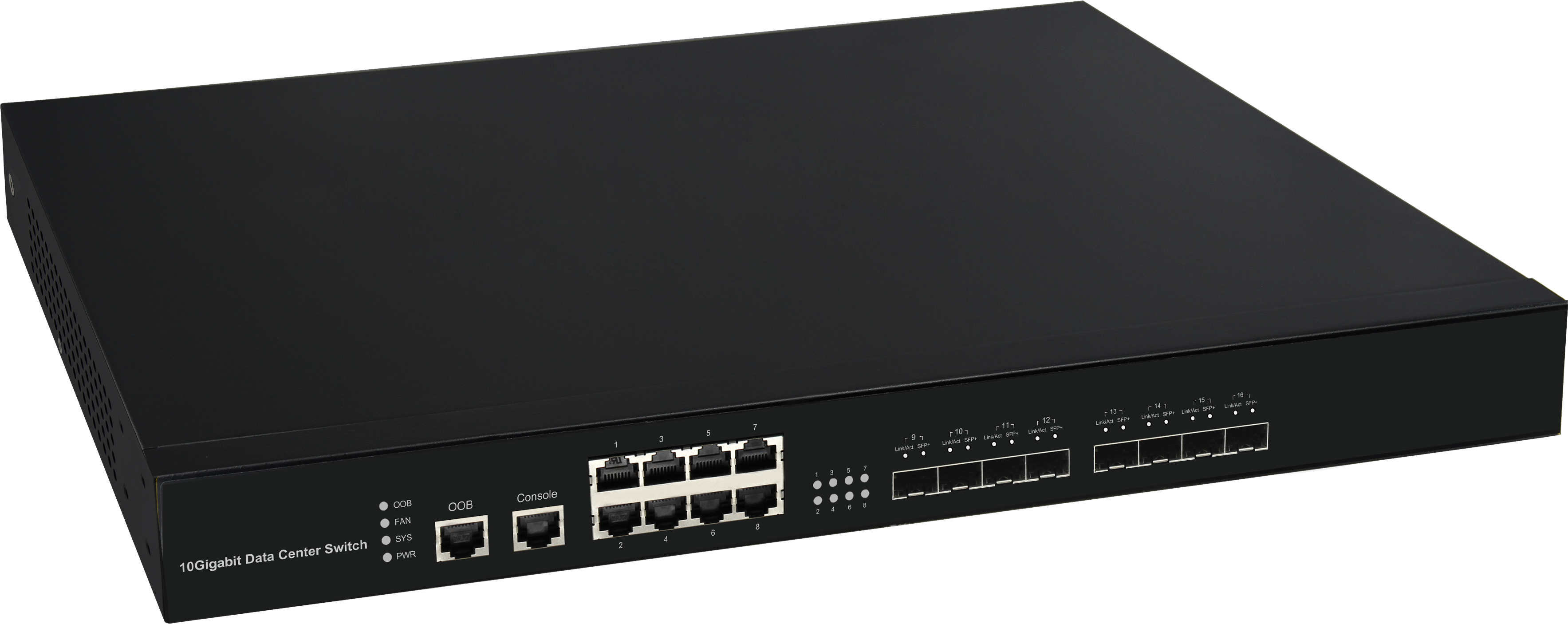Editor’s Note: The 1Gb vs 10Gb discussion is an ongoing conversation in the professional AV industry with many points of view. This column represents one voice in the conversation. Tech managers: do you have a different opinion? Are you using 1Gb? Please share your perspective with us by tweeting @AVTechnologyMag.
When it comes to comparing 1Gb versus 10Gb, it is not about which is simply better, it is about what is best for the application. First, the most important matter is to look at what the application requires. If it is medical, broadcast, or virtual reality—requiring 4K60 4:4:4 or higher resolution—10Gb is the best choice as it provides the best image quality and lowest latency. 1Gb is best for digital signage, K-12 education, and low-cost conference rooms, as the latency is low, the image quality is very good, and it comes at a more affordable price.
BUDGET
Beyond the application, the next thing to consider is the budget. 10Gb price points for both the encoder/decoder units and the network switches have come down considerably over the last few years. A 10Gb solution now costs about the same—and in some cases, less—than a high-end 1Gb solution, making the 10Gb the preferred choice. However, 1Gb products for the low-cost applications can be less than half the price of 10Gb (and power consumption, too).
FUTURE PROOFING
Future proofing is another important consideration. Choosing the right cabling and network switches will determine how expandable and capable the installation will be. To get the full distance from 10Gb of 100 meters (330 feet) over category cable will require Cat-6A. 10Gb will go 40 meters with Cat-5e and 55 meters with Cat-6. The one big advantage of copper is PoE, which allows for a clean installation as no local power supplies are required. Fiber is best for applications requiring greater bandwidth, longer distances, and where security is paramount. OM3 multi-mode fiber will go about 1,000 feet at 10Gbps but at around 330 feet, it can do 40Gbps. This can be very beneficial if 8K is expected to be used in the future. Even 10Gb can transport 8K at a low compression of 6:1.
VERSATILITY
Aurora believes in catering to all the AV-over-IP markets and needs with the VLX 1G and IPX 10G Series. This allows users to choose the best fit for their unique need. We started the transceiver concept to simplify installs, increase serviceability, and allow for reversal of signal flow, opening new applications. (A transceiver is a device that can be configured as an encoder or a decoder.) These series also include wall plates, as the ecosystem of the install is just as important, and box units alone will not always cut it in installations. The Aurora AV-over-IP solutions also combine standards, and we were the first company to ever integrate Dante with a video product. This allowed the lower bandwidth audio handling to be done independently of the higher bandwidth video, allowing for the first time a totally digital end-to-end system.
Capabilities can play a big role too. The Aurora IPX 10G solutions can do video walls, windowing, and seamless switching at 4K60 4:4:4 resolutions. The future of AV over IP is bright as the scalability and features keep growing, and with the right infrastructure, users can be assured a path of success.

